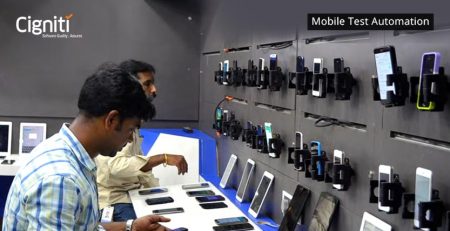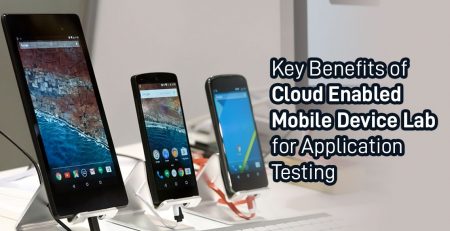7 Mobile Testing Pitfalls to be avoided
Mobile apps saw a 76% YoY growth in 2014. A Nielsen study finds that the average smartphone user has about 42 apps on their device and 87% claim to use nearly 10 apps on daily basis.
What these statistics show is that apps rule our world today. Mobile users have a mind boggling range of apps to choose from. This means they will not show the patience to work their way through apps that do not meet their expectations. It is so much easier and faster to just switch to another app.
As a tester, here are some mobile testing pitfalls you need to avoid to ensure your app is well-received when it’s out in the market.
1.Failing to think like a customer
As a tester, you are used to scrutinizing the app for clinical aspects like its overall quality and adherence to requirements. But do you consider how you, as a customer, would react to the app? Often, usability testing focuses on screen navigation and general ease of use but do you give equal importance to other factors like – which functionalities will be used the most and are these suitably located? How easy is it to access a topic in the help page? Is the app intuitive and do different functionalities seamlessly integrate with each other?
2.Not planning ahead for testing
Not having a test plan in hand before testing begins may lead to your testing being chaotic with unplanned activities creeping into your schedule. Planning ahead for testing helps you to create realistic timelines and ensures smooth progress of testing.
3.Resisting test automation
While nothing can replace manual testing, test automation is very useful when it comes to testing repetitive, complex or lengthy test cases. Many companies shy away from automation considering it to be a costly affair. While automation can be costly, a well-executed automation strategy can generate high returns in a short period of time.
Here’s how to Maximise ROI through mobile test automation
4.Failing to use metrics for continuous improvement
Metrics are a great way of pointing out areas that are working well and those that need some work. It is important to collect data on how the app is performing real-time. Metrics like average session time, Client/Server compute time, customer retention rates can give you important insights into making your app more successful in the market.
5.Insufficient attention given to non-functional testing
Often testers are so busy testing the app for its functionality, they fail to give sufficient attention to non-functional aspects like load, performance and stress testing and sometimes, security testing. Also these tests are generally done at the end where they are often compromised due to lack of time. Without adequate non-functional testing, your app can suffer when it is out in the real world.
6.Insufficient testing on actual devices
While emulators are useful in identifying issues early in the development, testing in later stages needs to be done on actual devices. This gives the tester a feel of real user interactions, factors like battery consumption, overall performance and response to service interruptions.
7.Rooting/Jailbreaking
Rooting/jailbreaking should be strictly avoided as the test results in such situations cannot be considered to be accurate. Also, such devices are prone to performance issues which can lead to reporting of false issues.
Mobile Testing from Cigniti
Cigniti’s state-of-the-art mobile test lab uses the latest and best in mobile testing to bring you better quality and quicker time-to-market. Discover the Cigniti Advantage today!






Leave a Reply